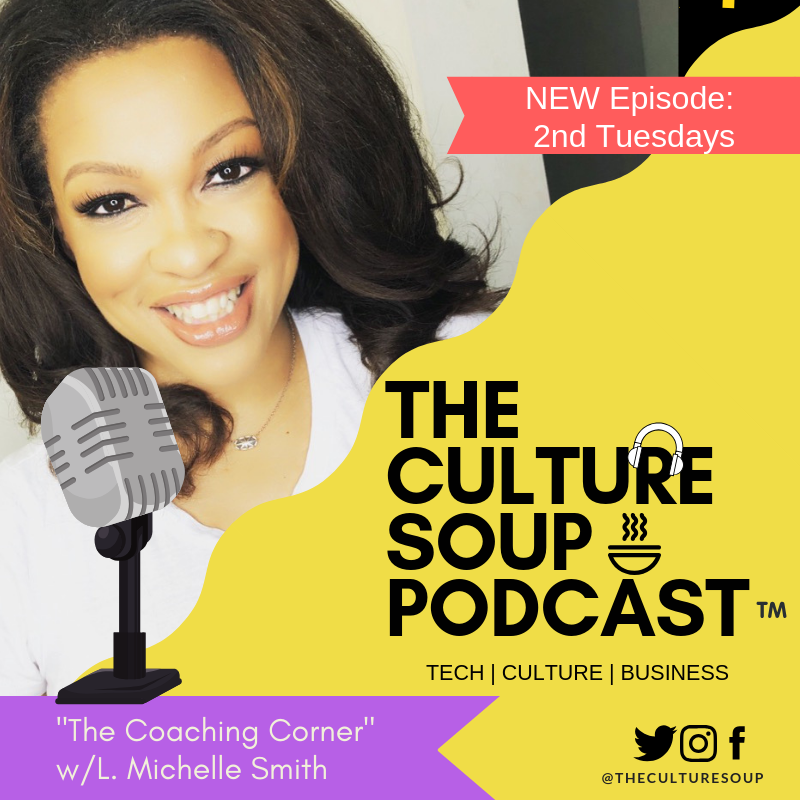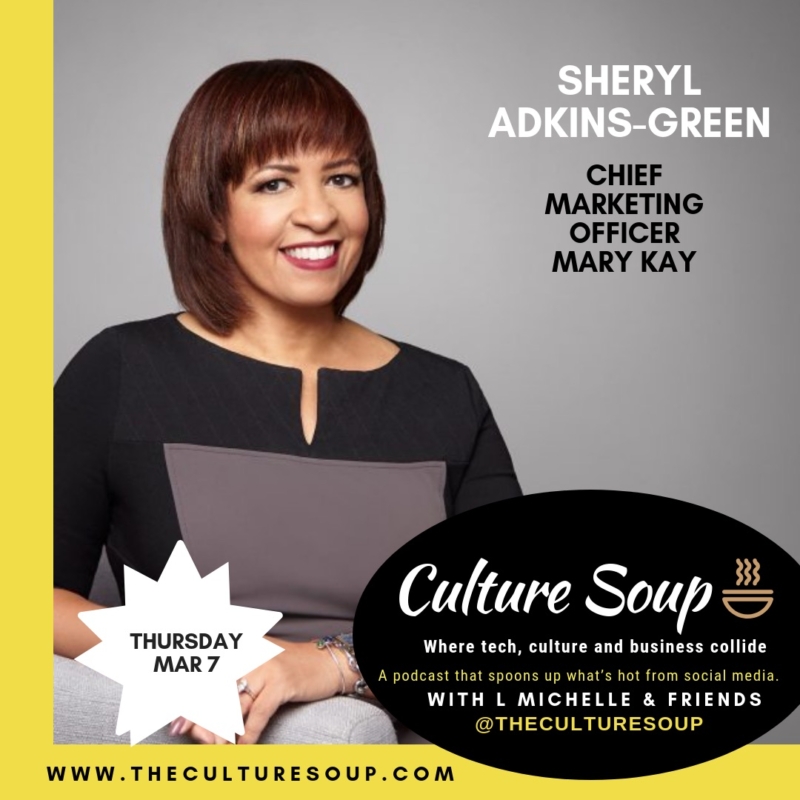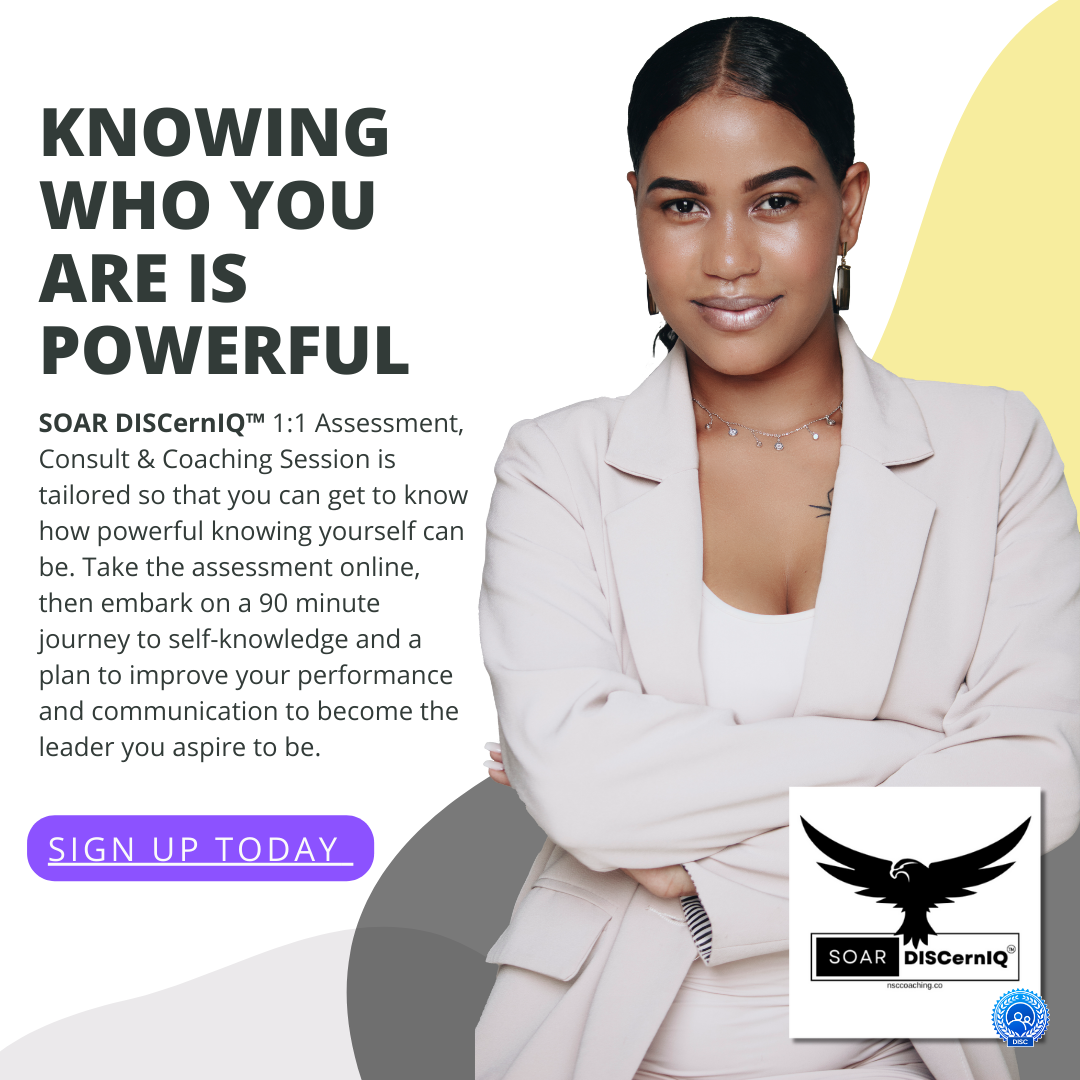5 Keys to Thriving (not just surviving) in Strategic Communications for Journalists Wondering How to Get the Best PR Gigs
Returning to the National Association of Black Journalists Convention this year was exciting because for the first time since joining a student chapter at the age of 18, I was invited to sit on a panel to speak. When the organizer and I spoke, we agreed that this wouldn’t be the same PR panel that happens each year–the dialogue that talks about transitioning from journalism to PR with a central focus on media relations and media training.
These are the core capabilities most journalists will bring to the profession. But we agreed that while these were good, they are a great way to get stuck–to end up wondering why the people around them who didn’t go to J-school continued to soar in the business and get the more strategic gigs. We called it the The Secret Sauce to Award-Winning PR, but we spent little time on cases.
I joined Dee Hill, an independent PR practitioner and Shannon Buggs, who has spent the majority of her time in the non-profit realm. Both of them hail from Houston, Texas, and have been successful in their own rights. Our journeys were all very different. Our destinations in the business were also very diverse. But we gathered to discuss a common theme: rising above the cliché of the “just-add-journalist-for-a -perfect-fit-in-PR” myth that most see as just a given, even a birthright.
I dropped one key in the session, but saved all five for this follow up.
As a former TV news writer/producer who made a bumpy transition to the global PR agency world, but eventually succeeded, I have my own war stories; but, I leveraged my battle scars for the better, eventually becoming an agency officer, an owner and principal and now Fortune 10 strategic integrated marketing leader.
Here are my keys:
1) Humble yourself and seek knowledge. This is a tough one. Most journalists believe, as I did, that they come from a more evolved discipline. As an English major, I was even more of a snob. Some even call PR “the dark side.” Still others call PR pros “flacks.” When the 2008 recession happened and news organizations were laying off left and right, suddenly, many were faced with the unthinkable–considering a job in PR. It is important to remember that no one owes you the keys to the Ferrari before you’ve really learned how to drive a car. Do your research. Take a class. Join the Public Relations Society of America and attend their local and national gatherings to educate yourself and build relationships in the field. Talk to the people who are in the roles with which you are not that familiar. The earning potential is far better for those who can do more that one or two skills.
2) Understand your skill set, and, yes, limitations. When I was recruited at Fleishman-Hillard as a account executive, it occurred to me that they couldn’t afford the overhead of both floors of the Chase tower and all the trappings if media relations was all that they did. I was thrown onto accounts, and I didn’t know what they expected me to do. I flailed. But luckily, I had a senior partner who saw my potential, and continued to plug me in until she found a spot for me on the Southwestern Bell account pitching stories. I was good! So good, I eventually got promoted. But do you think that I didn’t continue to look around and investigate what the other pros were doing? Heck no! I was curious, and I wanted to know how this machine worked.
3) Assemble a personal board of directors. No one can go at it alone, and they can keep you grounded. For my insights on how to do this, check out my earlier article on the topic. You’re going to need it.
4) Plug into your strengths. You’re going to need to show some success when you first arrive, so you may as well do what you’re good at while you learn. Media relations for me, evolved into media strategy as a true strength. I would also get advice from one of the best media trainers in the business (who by the way, was never a journalist) to hone a media training curriculum for C-level executives. My CEOs appeared on Squawkbox and they were comfortable with me as a senior counselor. But I never stopped learning what I didn’t know. There is nothing wrong with plugging in as a writer, a digital storyteller, a media relations pro or media trainer, but don’t get pigeon-holed if you really want to strive for a top, strategic communications role that churns out award-winning work.
5) Avoid hiding in your silo. It is very easy to become pigeonholed. If you were a local news reporter or editor, you could get stuck doing market-level media relations because that is where your relationships lie. If you were a national news personality, you might get stuck doing campaign videos for companies or agencies. There is good money in both of those roles, but how to you break out before you burn out? Refer to the first key, and repeat. Some say the foot soldier’s strategy is the King’s tactic. If you are successful, you will be moving from tactician to strategist. Find out what keeps the King up at night. Understand business strategy and how marketing strategies support them–and ultimately, how PR strategies support those.
Are you an ex-journalist who survived the transition? Are you thriving and not just surviving? Do you have war stories? Are you stuck? Share your story in the comments below. I can’t wait to hear from you!
Follow me on Twitter @lmichellepr to follow me on my journey! I’ll be at Facebook HQs in NYC along side pros from Nike, mitu and Facebook discussing the importance of cross-cultural marketing Aug 24.




![[Inside Podcasting] Lists The Culture Soup Among the “Anything But Boring” Business Podcasts](https://www.lmichellesmith.com/wp-content/uploads/2018/10/0FDBD0AA-AAAD-4871-9EA8-F9065C179139.jpeg)




